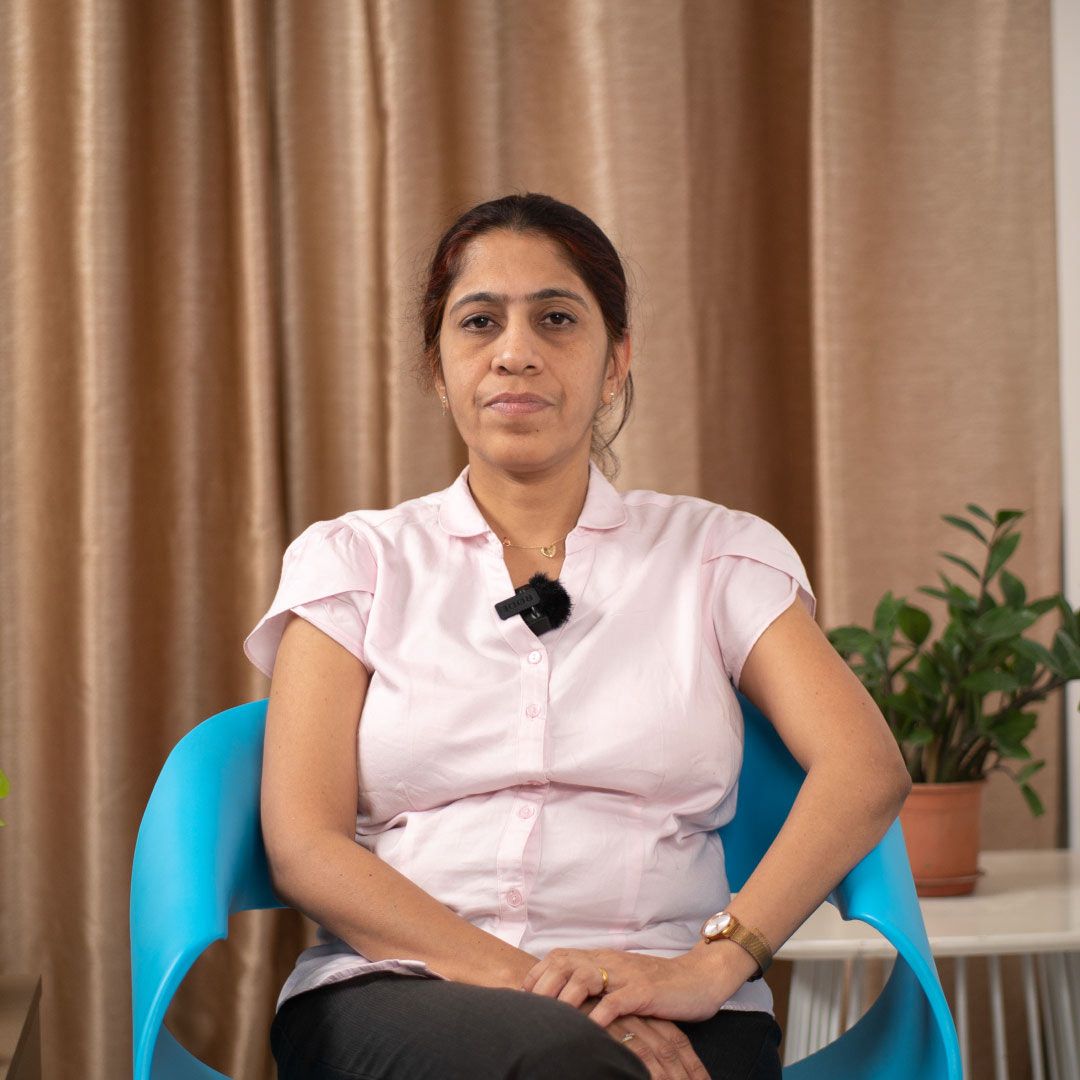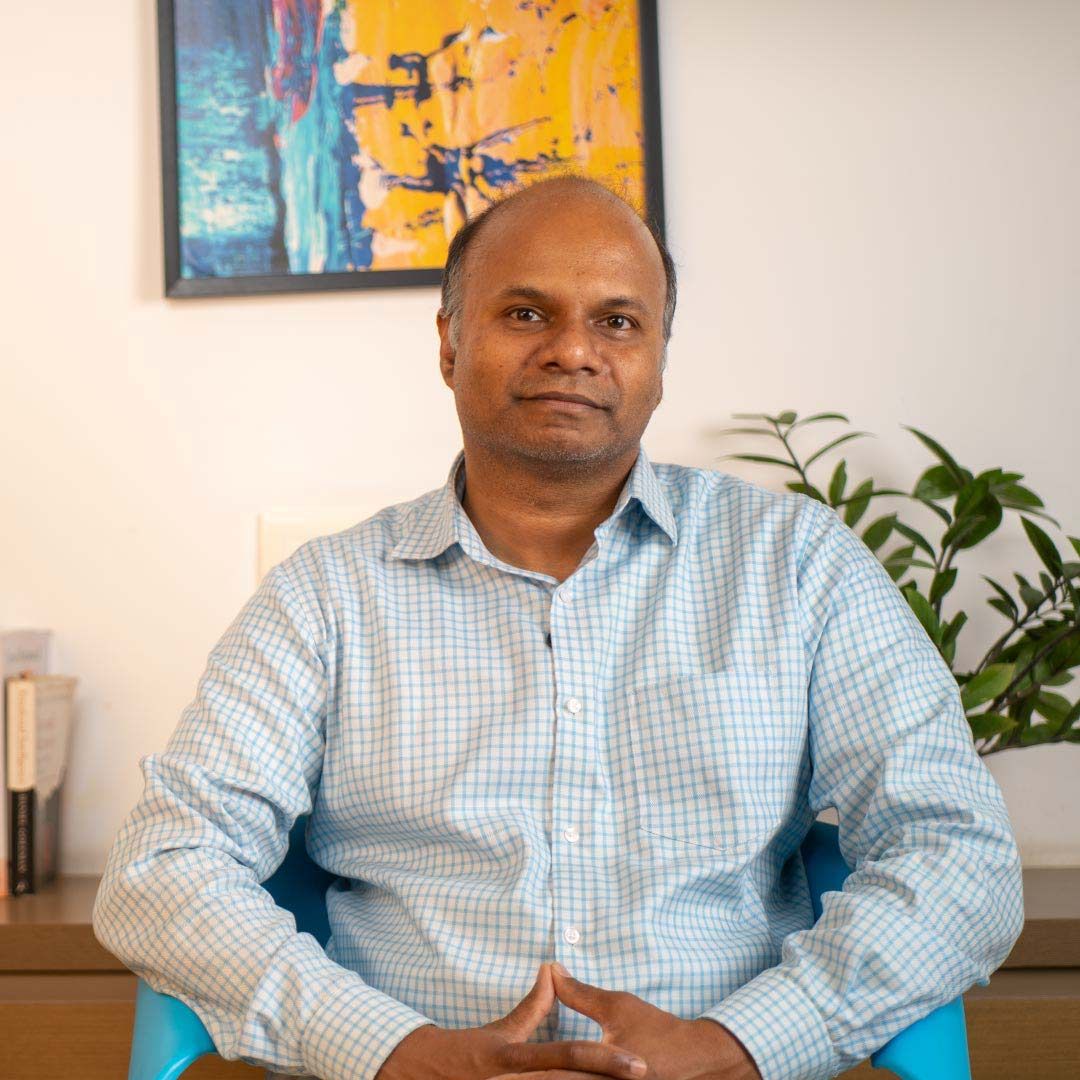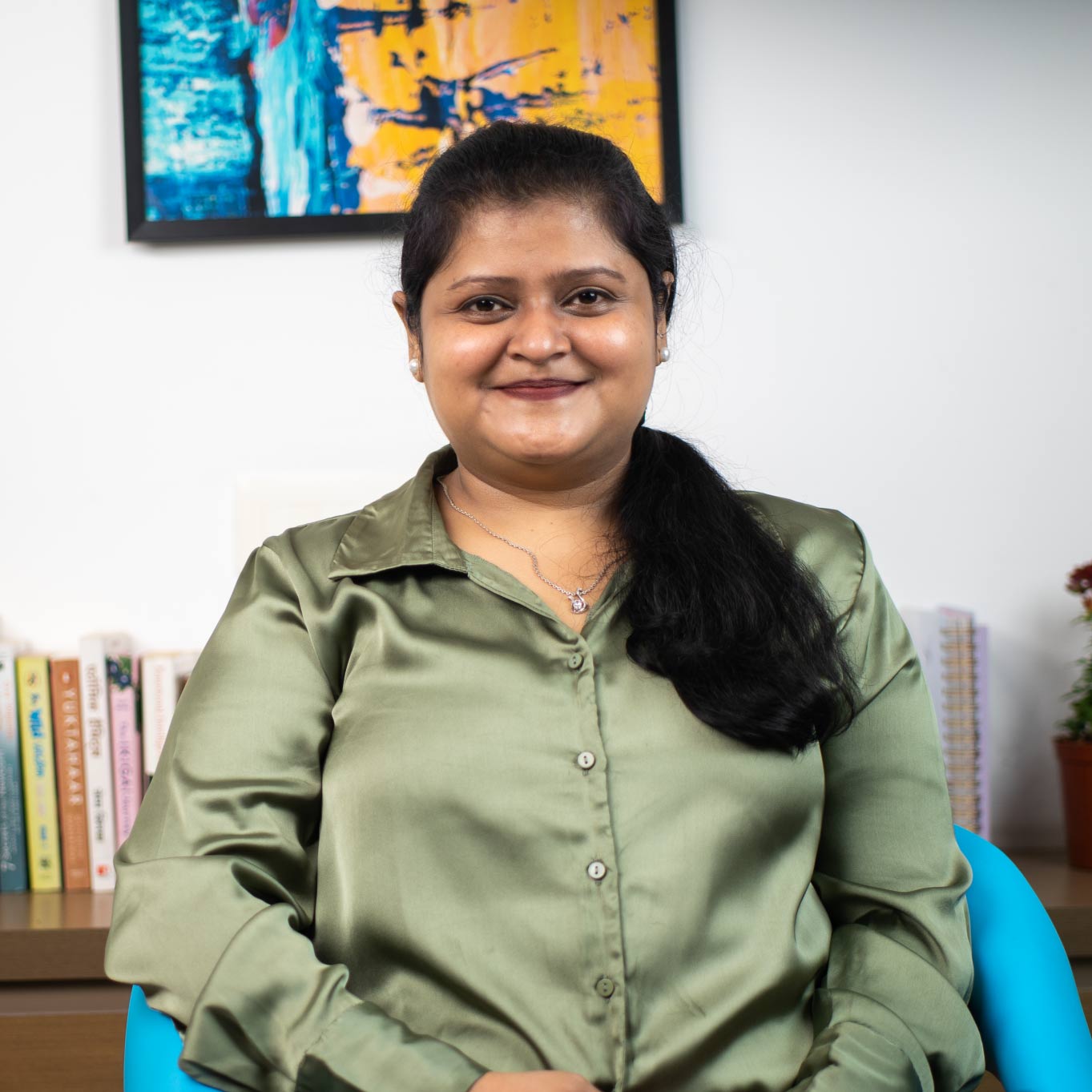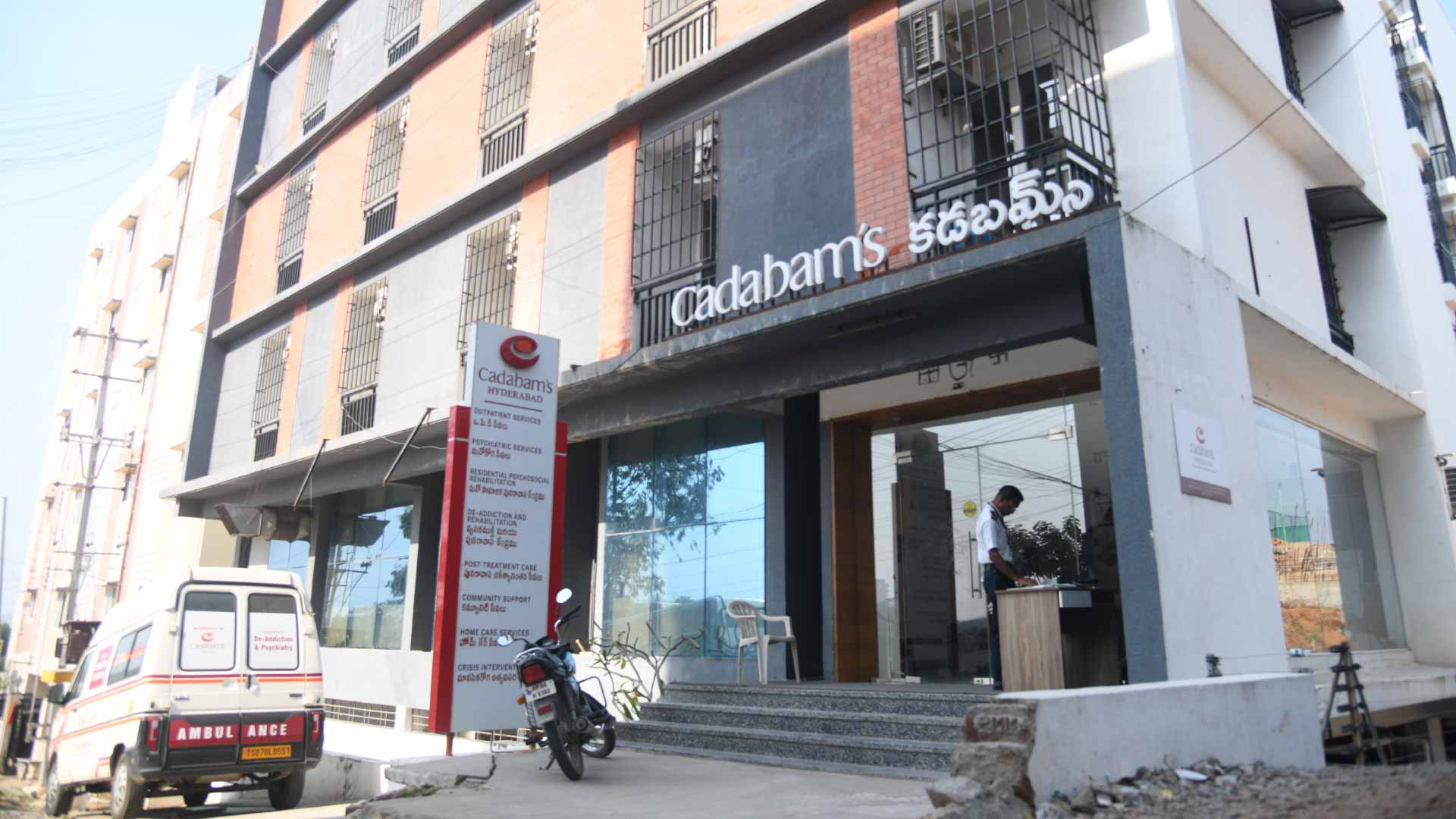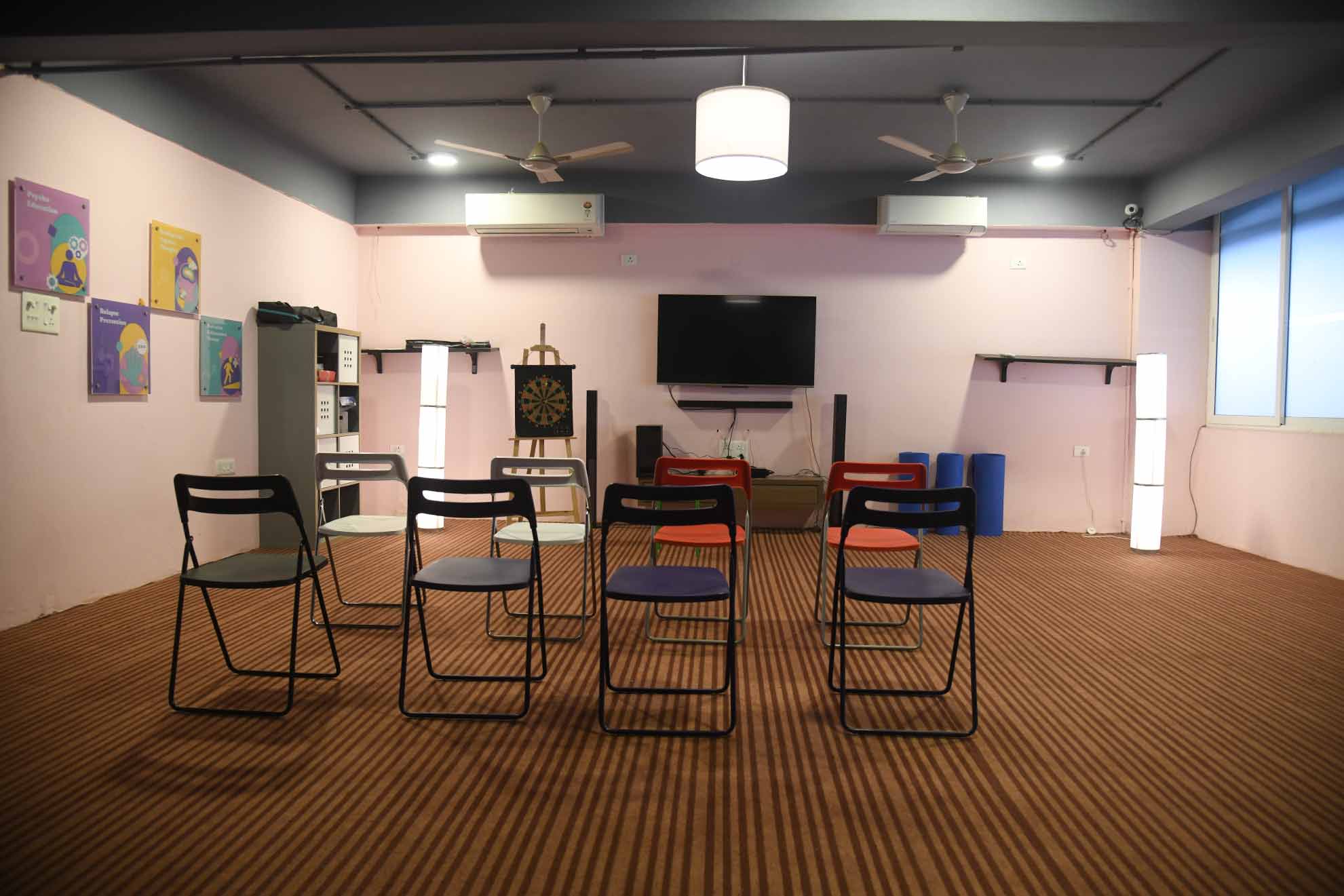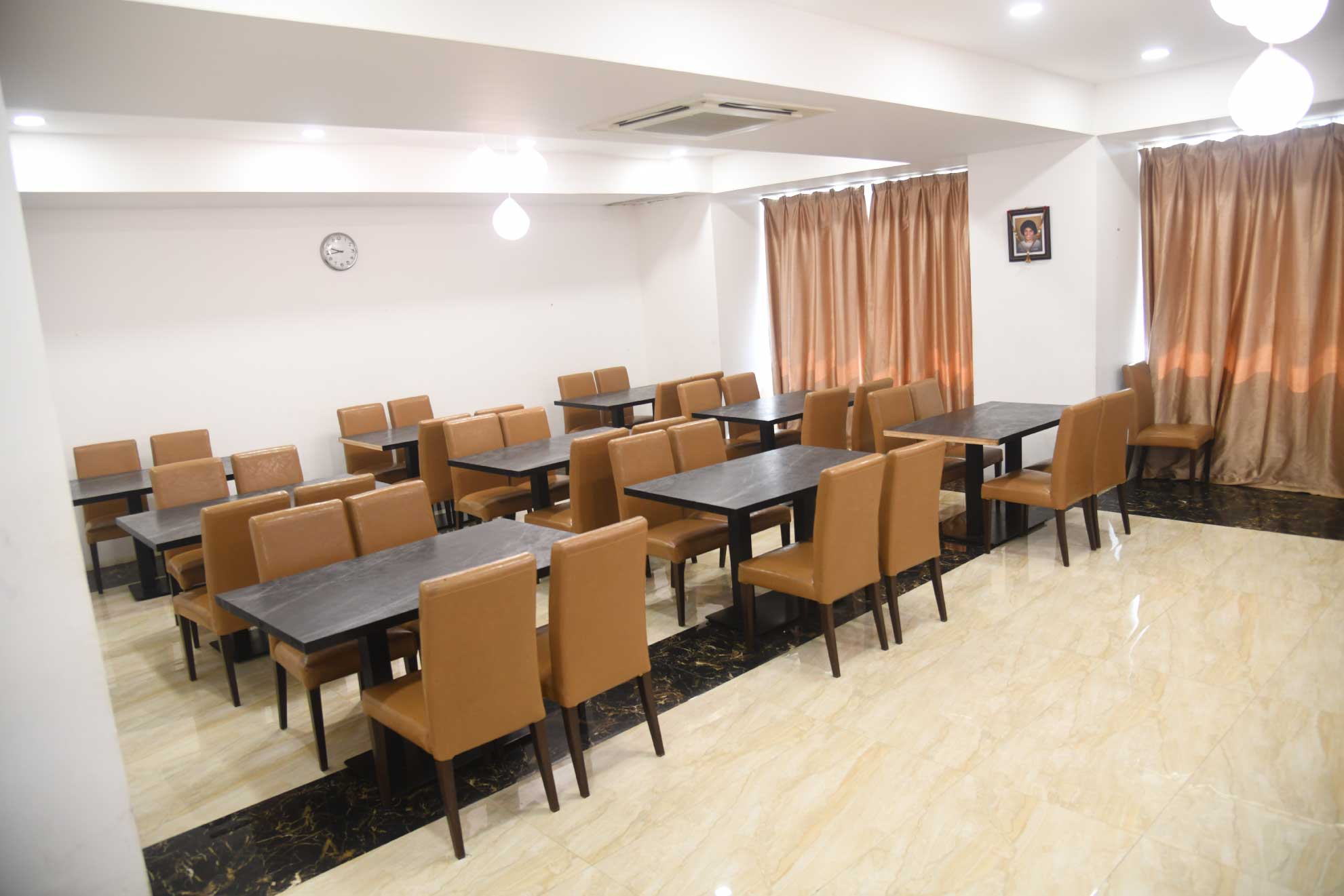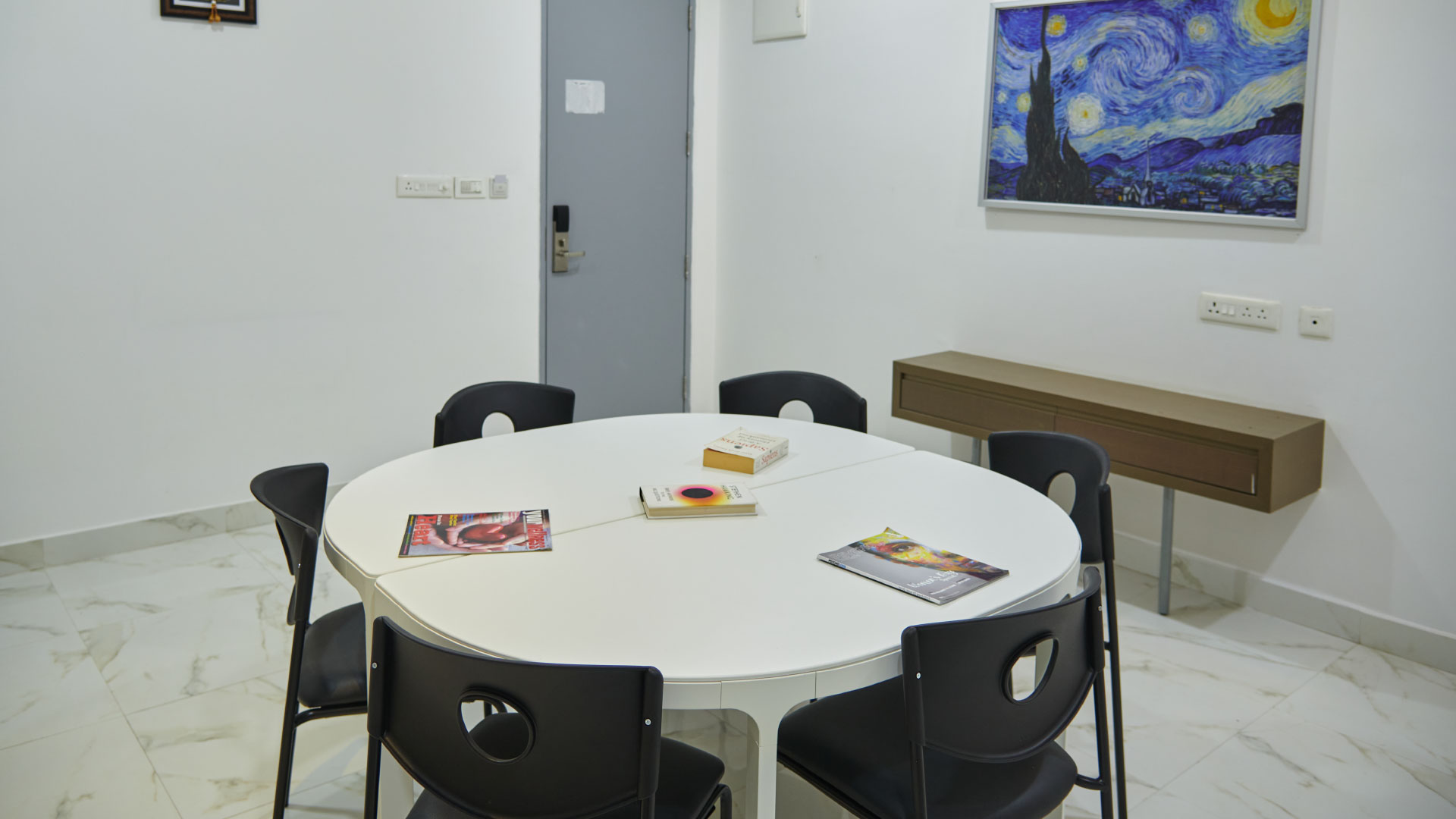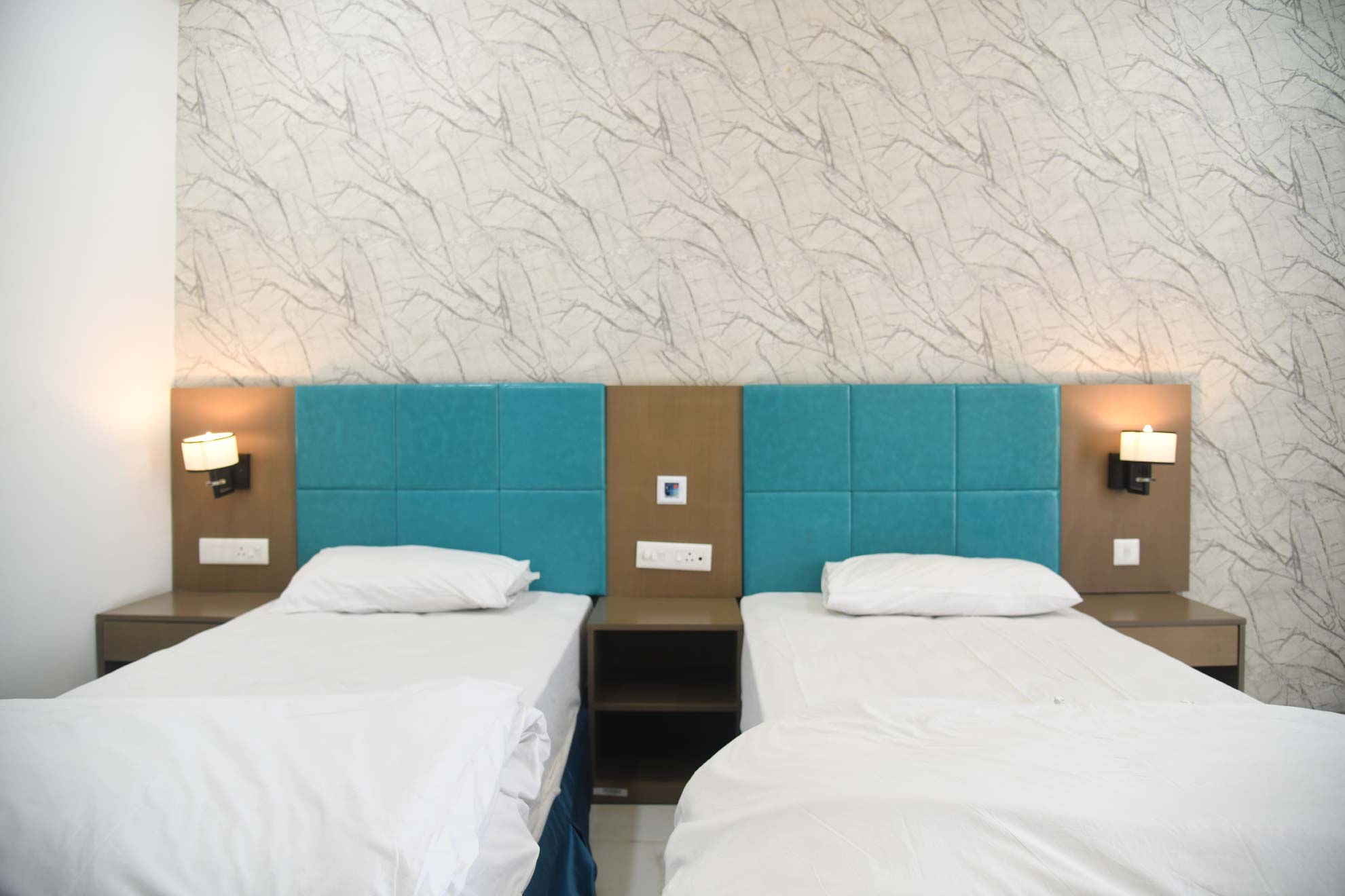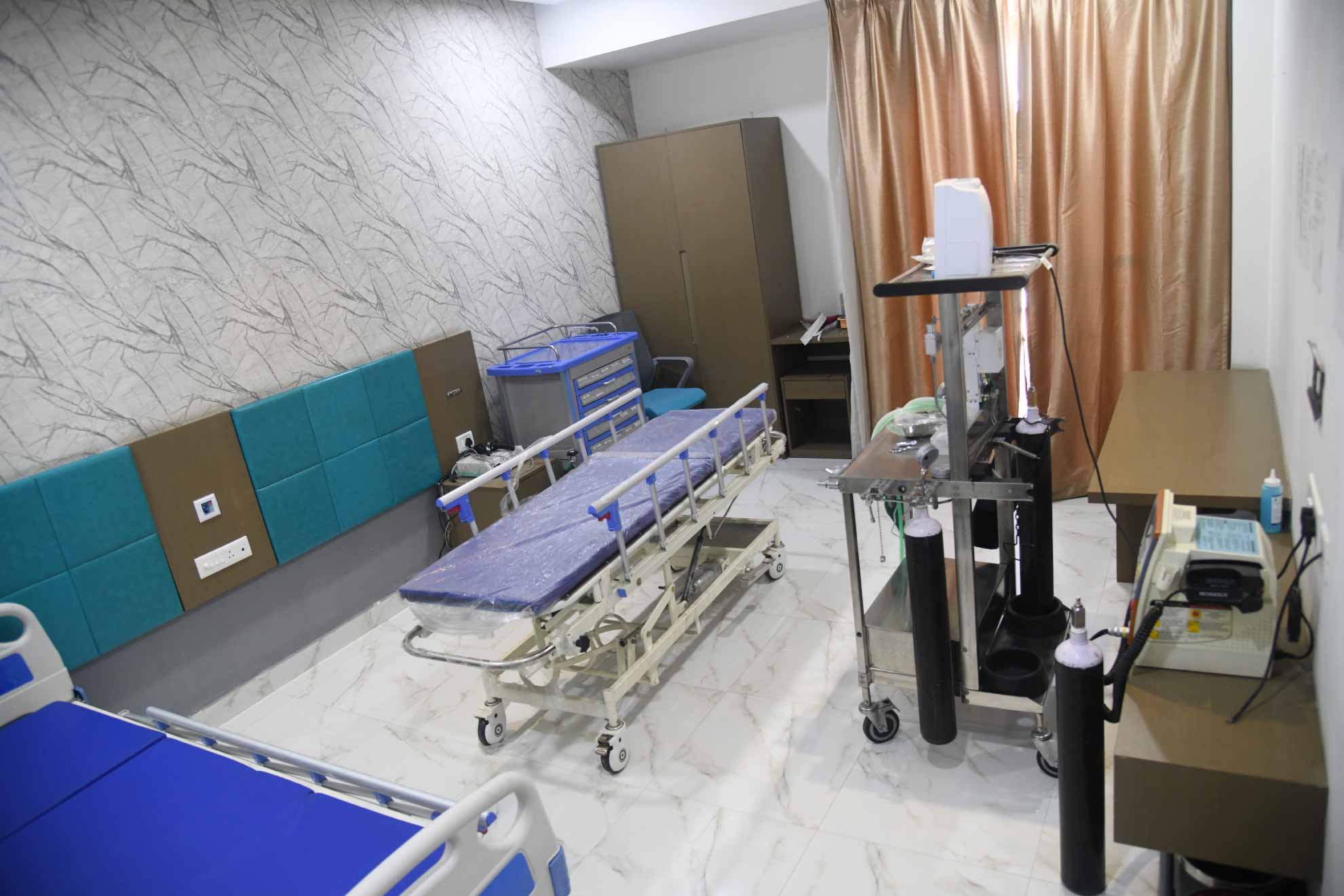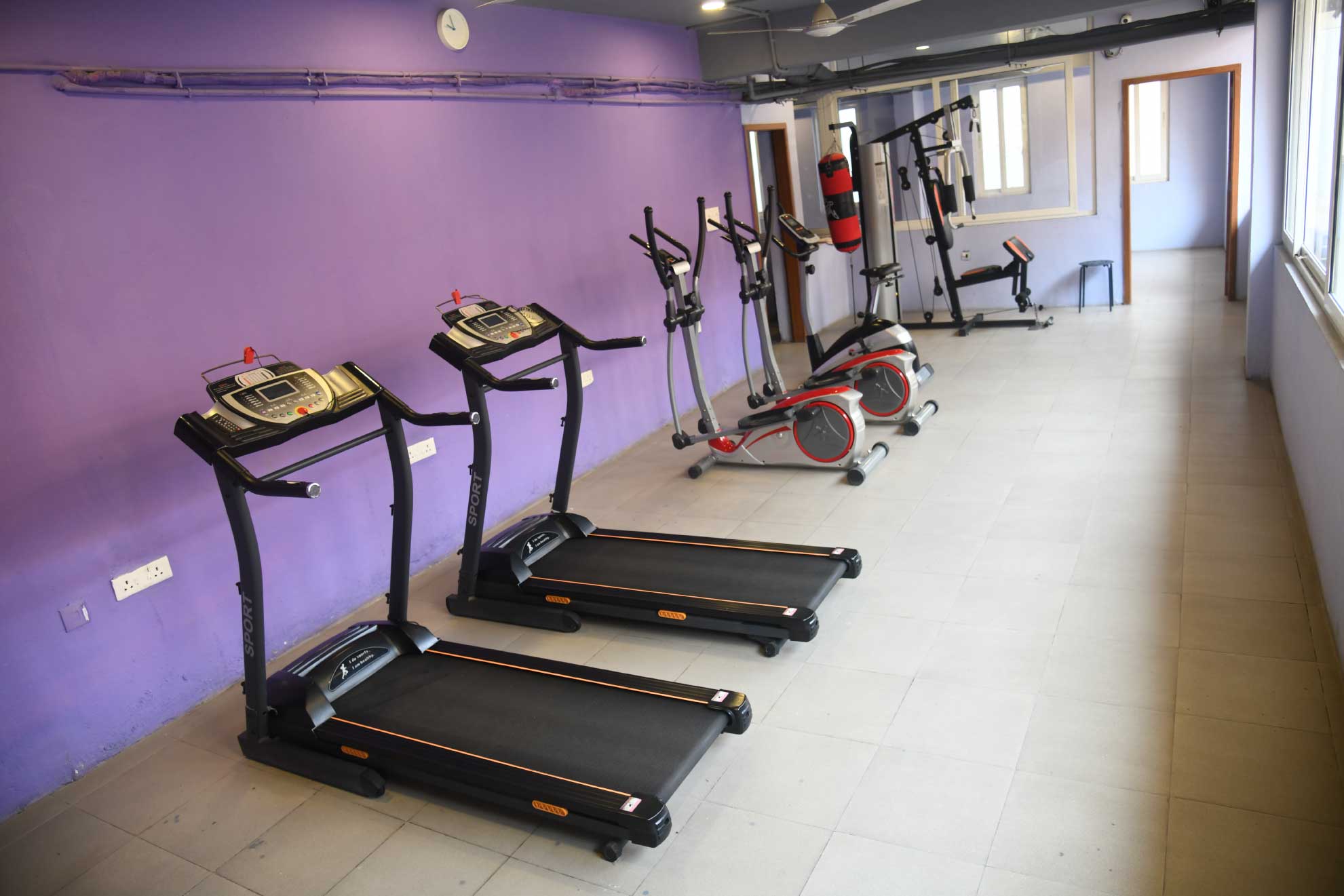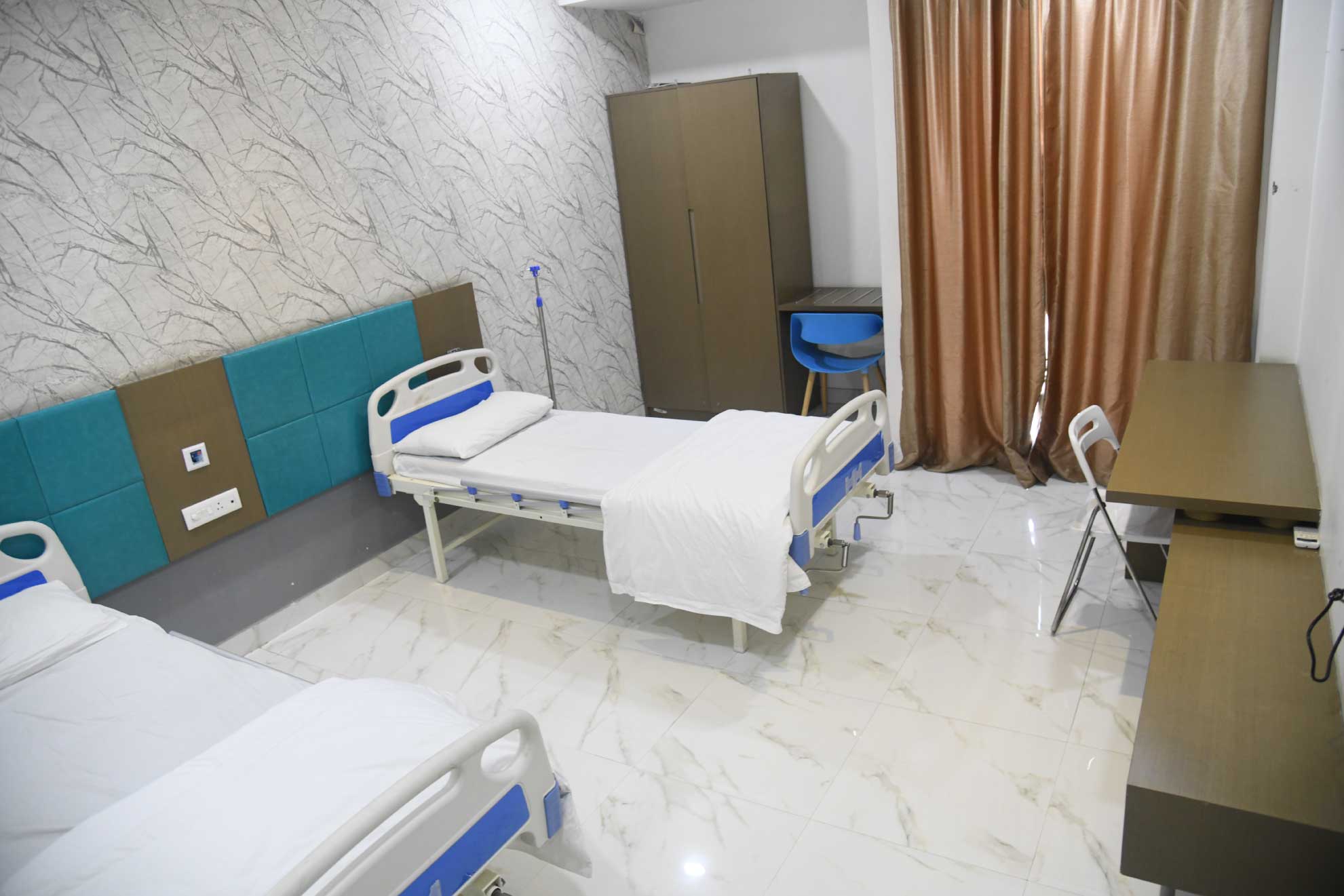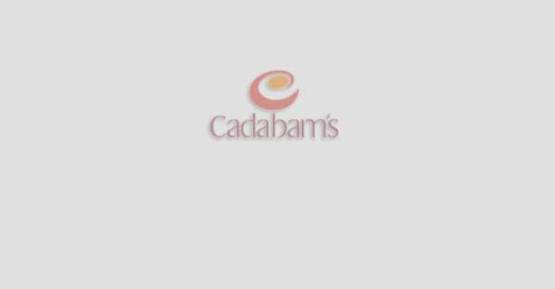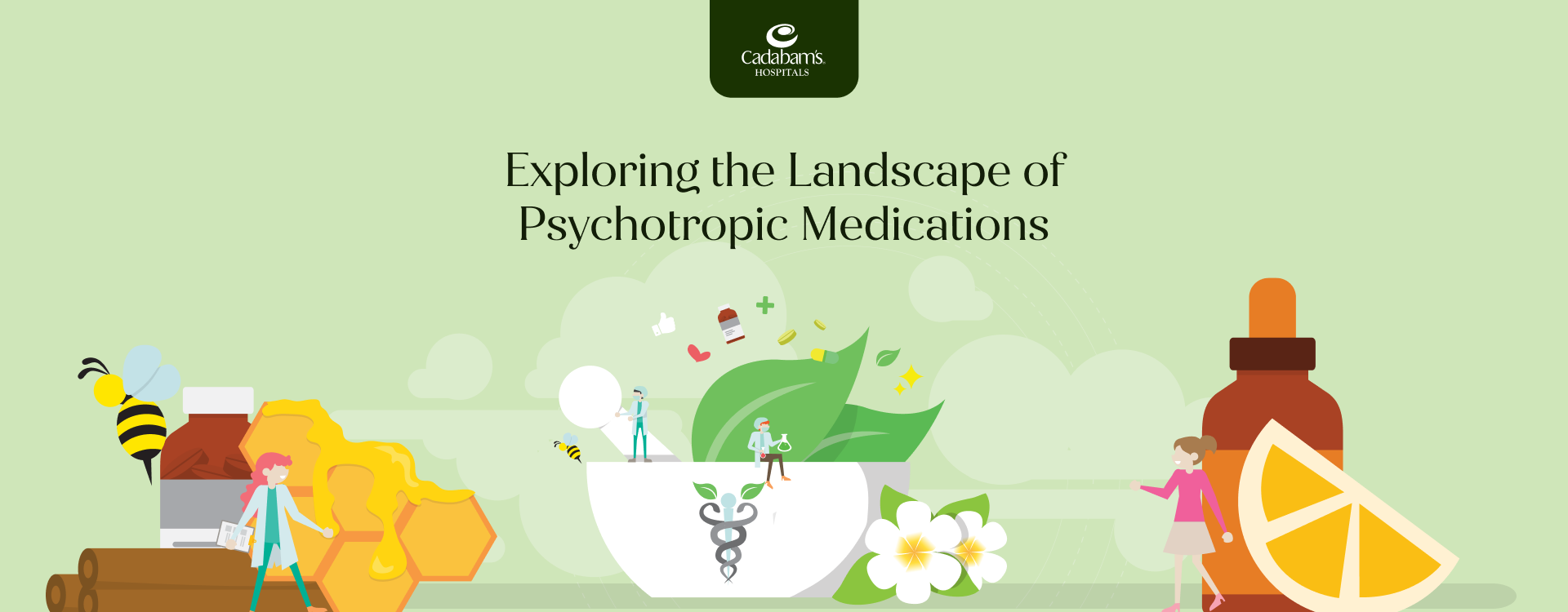What is Neurofeedback Therapy?
In neurofeedback therapy, a licensed therapist will attach electrodes to an individual’s scalp to read brain wave information. Through different activities, individuals understand why certain factors trigger them.
The Science Behind Neurofeedback
Neurofeedback therapy uses monitoring devices, electronic sensors, and software to read brain wave information.
Durg addiction has strong cravings; it might be because of irregularities in their brain, and neurofeedback helps to identify that. Once therapists identified the abnormal brain electrical activity, neurofeedback will address them, reducing the individual’s desires to consume and may prevent relapse.
Neurofeedback vs. Traditional Therapie
Although neurofeedback is a newer method to treat drug addiction, it holds a good record of being effective in navigating brain activity. Traditional treatment options like medications have their perks, there might be a chance of complications.
Neurofeedback provides the best option for people wanting a non-invasive and non-medication treatment option. A mental health professional will suggest the best treatment only after assessing each individual’s unique situation.
Safety and Efficacy of Neurofeedback
Neurofeedback therapy is only performed with the latest technology in a controlled space where individuals can feehttps://www.cadabamshospitals.com/wp-admin/admin.php?page=cfdb7-list.phpl comfortable during the sessions. It does not require anyone to undergo needles or anesthetics to trace brain activities effectively and has only a few minor side effects.
The side effects, or headset discomfort and drowsiness are minimal and can disappear within 24-48 hours.
Looking for trusted psychiatrists in Hyderabad? Cadabam’s Hospitals delivers expert, tailored care for a wide range of psychiatric conditions.
Get Drug Addiction Diagnosed in Hyderabad
Drug addiction equally impacts a person’s mental health: therefore, it is crucial to get the right diagnosis and treatment. Experts at Cadabams Hyderabad are qualified to provide effective and safe neurofeedback therapy.
You may suggest taking several tests or procedures to dismiss other health conditions and avoid misdiagnosis. Treatments and care are provided under holistic care.
Neurofeedback Therapy in Treating Drug Addiction
Real-time brainwave monitoring is used in neurofeedback therapy to teach patients how to manage their brain activity, improve cognitive performance, and alleviate symptoms.
Mechanism of Neurofeedback in Drug Addiction Treatment
Drugs can make structural changes in a person’s brain and make it hard to stop using them; therefore, a therapist will trace that abnormal electrical activity in the brain using neurofeedback.
Then, a therapist will design activities to help fix part of the brain areas that are inactive, underactive, or over-active are not active enough, too active, or not working properly, reducing the intensity of symptoms.
Customizing Neurofeedback for Individual Needs
Considering that each person with drug addiction exhibits their symptoms differently, it is crucial to personalize neurofeedback therapy aligning with each patient’s unique needs. Only after assessing an individual’s symptoms will a therapist design a treatment plan.
Integrating Neurofeedback with Other Treatments for Drug Addiction
Regardless of neurofeedback therapy’s success in lessening the cravings, it is not considered a stand-alone treatment plan. It is often treated as a complementary alongside medicine and psychotherapy.
Its efficacy increases when integrated with other therapies, offering patients a more comprehensive treatment plan that focuses on symptom control, functional enhancement, and preventive strategies.
Psychologists in Hyderabad at Cadabam’s Hospitals deliver expert, individualized care for a wide range of mental health conditions.
What to Expect in a Neurofeedback Therapy Session for Drug Addiction
Because drug addiction effect physical, emotional, and mental health, those who suffer from it must first undergo examinations to rule out any underlying medical conditions.
During a neurofeedback therapy session, the therapist may place electrodes on your scalp to monitor your brainwaves. You will join in brain-regulating activities, such as viewing movies or listening to music to understand your craving patterns.
Why Choose Neurofeedback Therapy for Drug Addiction Treatment?
When it comes to treating drug addiction, neurofeedback offers clear benefits over psychotherapy and medicine. It can also significantly improve a person’s quality of life. This is a great option for those who want access to non-invasive, non-medication therapy options to manage cravings.
Whether you need therapists in Hyderabad, Cadabam’s Hospitals ensures expert care tailored to your needs.
The Benefits of Neurofeedback Therapy for Drug Addiction Patients
Each treatment option differs from the others, and neurofeedback therapy for drug addiction has its advantages.
- Improving Cognitive Function and Symptom Management: This type of therapy aids in the identification of brain reactions to specific stimuli that contribute to your consumption.
- It enables individuals to teach their brains to function more optimally, enhancing symptom management. These enhancements can aid people in managing their daily lives and may minimize the intensity of symptoms such as anxiety.
- Enhancing Emotional Regulation: Drug addicts struggle to control their cravings and manage their emotions, and when confronted with uncomfortable situations that trigger them, they are frequently left without the necessary tools. Neurofeedback enhances emotion regulation, lowers symptoms, and boosts overall well-being.
- Long-term Outcomes of Neurofeedback Therapy: Despite being a more recent treatment method, it offers the support that is required to promote long-term rehabilitation by enhancing quality of life and symptom relief.
Find the Best Rehab Center for Drug Addiction in Hyderabad
It is not enough to seek out any rehab center for drug addiction; you must also choose one that can provide all the essential assistance and interventions. If you’re looking for the best treatment center for drug addiction in Hyderabad, look for one that takes a personalized and comprehensive approach.
Emphasize centers with trained and qualified staff who can provide medication management, therapy, and other social services. Cadabams Hyderabad’s professionals are well-equipped to offer a complete treatment plan that promotes long-term rehabilitation and general well-being.
Experienced counsellors in Hyderabad at Cadabam’s Hospitals provide personalized support for a wide range of mental health concerns.
Why Choose Cadabams?
With over three decades of experience in the mental health area, our multidisciplinary staff recognizes that people with drug addiction exhibit symptoms differently.
As a result, we deliver a personalized treatment plan that is ideally tailored to their symptoms. Cadabams provides effective and safe neurofeedback therapy through its specialized Neuromodulatory Services (CNS).
Our Expertise in Neurofeedback and Mental Health for Drug Addiction
Our seasoned and qualified experts analyze individuals battling drug addiction and provide neurofeedback therapy tailored to their specific needs. Our therapies are designed to make them comfortable throughout the session and are conducted in a non-judgmental and compassionate setting.
State-of-the-Art Facilities in Cadabams for Drug Addiction
Cadabams Hyderabad provides state-of-the-art facilities outfitted to deliver neurofeedback therapy in a safe and regulated environment. This guarantees prompt and efficient support.
Commitment to Holistic Treatment and Recovery for Drug Addiction
Drug addiction is a mental health condition where individuals struggle to be drug-free and face negative consequences to their physical and mental well-being. Therefore, it should be addressed carefully.
Our holistic approach allows us to provide a friendly and nonjudgmental environment in which individuals can advance at their own pace.
Continued Care and Follow-Up Programs for Drug Addiction
Our post-rehabilitation programs seek to provide ongoing care for people with drug addictions by teaching them diverse techniques to manage their symptoms in an uncontrolled environment.
Top Drug Addiction Doctors at Cadabam’s Hospitals
Psychiatrist in Hyderabad | Psychologist in Bangalore | Psychiatrist in Bangalore | Counsellor in Bangalore | Counsellor in Hyderabad | Psychologist in Hyderabad | Therapist in Hyderabad | Therapist in Bangalore
Rehabilitation Centres For Drug Addiction at Cadabam’s Hospital
Rehab in Hyderabad | Rehab in Bangalore
Best Drug Addiction Treatments Offered at Cadabams
ECT Bangalore | ECT Therapy Hyderabad | Home Services Hyderabad | Home treatment Bangalore | PsychoTherapy Hyderabad | Group Therapy Hyderabad | Group Therapy Bangalore | PsychoTherapy Bangalore | REBT Bangalore | REBT Therapy Hyderabad | CBT Hyderabad | CBT Bangalore | Emergency Bangalore | Emergency Hyderabad | Family Therapy Hyderabad | Family Therapy Bangalore | Biofeedback Bangalore
More Additional Resources About Drug Addiction
Teens Overcome Drug Abuse | Teen Drug Abuse | Drug-Induced Psychosis | Drug and Alcohol Detoxification | Workplace Drug Abuse | Drug Addiction Treatment Programs
FAQ
Can Neurofeedback help with Drug Addiction?
Yes, neurofeedback can not only reduce drug addiction symptoms significantly, but also improve overall well-being through their quick and effective process.
How long does a Neurofeedback treatment session last for Drug Addiction?
Neurofeedback therapy typically requires 30-40 sessions, spread out over 2-3 times per week. Often, the effects are obvious after the tenth session. It can also differ depending on the individual.
Who is eligible for Neurofeedback therapy
Neurofeedback therapy is used as part of a treatment plan for drug addiction patients whose symptoms have not improved with other or more conventional forms of treatment, such as medicine and psychotherapies.
Is Neurofeedback safe for treating Drug Addiction?
Yes, neurofeedback is a safe, non-invasive, and non-medication treatment that can successfully manage the symptoms of drug addiction, enhance daily functions, and improve relationships. All sessions are conducted in a controlled environment to prevent any complications.
Because neurofeedback promotes neuroplasticity, it has the potential to produce long-term changes in brain function.
What are the best ways to get the most out of neurofeedback?
To Maximize the Benefits of Neurofeedback Sessions
- Value Sleep. During sleep, the brain undergoes the majority of its changes.
- Limit the number of screens you use.
- Manage triggers as the environment changes.
- Diet/Exercise.














 Available
Available


